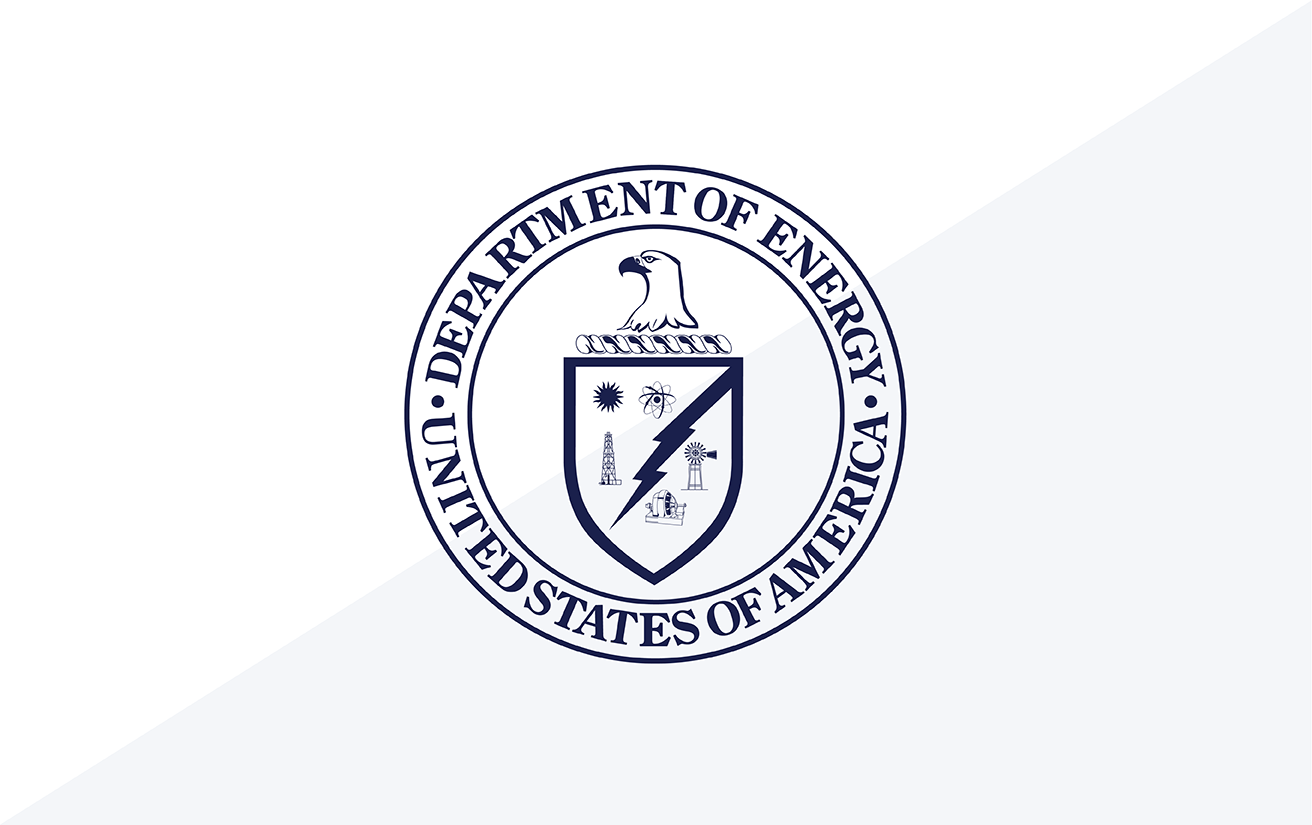
Researchers discover a surprising way to jump-start battery performance
Charging lithium-ion batteries at high currents just before they leave the factory is 30 times faster and increases battery lifespans by 50%, according to a study at the SLAC-Stanford Battery Center.
A lithium-ion battery’s very first charge is more momentous than it sounds. It determines how well and how long the battery will work from then on – in particular, how many cycles of charging and discharging it can handle before deteriorating.
In a study published today in Joule, researchers at the SLAC-Stanford Battery Center report that giving batteries this first charge at unusually high currents increased their average lifespan by 50% while decreasing the initial charging time from 10 hours to just 20 minutes.
Just as important, the researchers were able to use scientific machine learning to pinpoint specific changes in the battery electrodes that account for this increase in lifespan and performance – invaluable insights for battery manufacturers looking to streamline their processes and improve their products.
The study was carried out by a SLAC/Stanford team led by Professor Will Chueh in collaboration with researchers from the Toyota Research Institute (TRI), the Massachusetts Institute of Technology and the University of Washington. It is part of SLAC's sustainability research and a broader effort to reimagine our energy future leveraging the lab’s unique tools and expertise and partnerships with industry.














